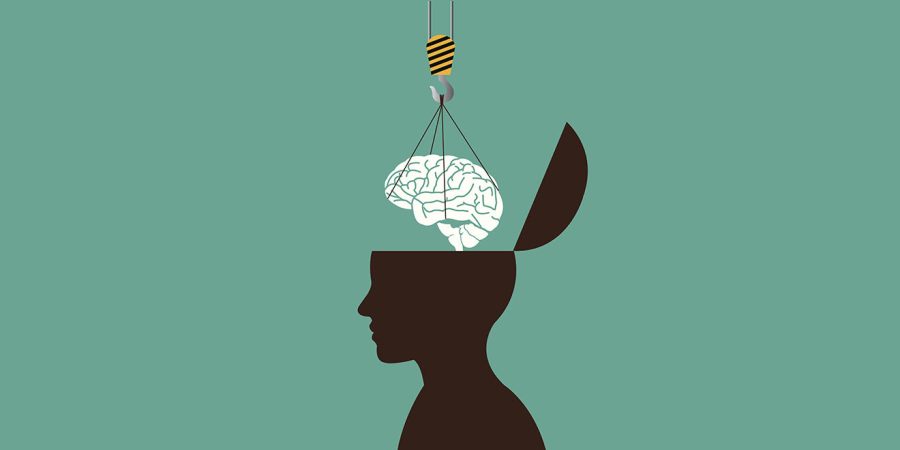What Happened To Creativity? Education Stifles Originality
Human head concept
October 9, 2018
Think back to senior year in high school and applying to different universities. One thing was drilled into the heads of many students during this process. Be creative in your essay to university. But what does that really mean? Do we even know what it actually means to be creatives anymore?
In the typical American public school, we have subjects we must study: Mathematics, Sciences, Social Studies, and English. Apart from the core curriculum, you have other options to fill up your schedule: music, art and theater. With these extracurriculars, however, is not real creativity. How do you create a rubric to judge creativity? Some critics will respond with, “It is the judgement of technique and excellence,” but that is not real creativity. According to the Oxford Dictionary, creativity is “the use of imagination or original ideas to create something; inventiveness.” So, by this definition, our “creative” classes are not really creative at all. In band, music is picked for us to play. In art, we are told what to create and the “correct” way to do it. In theater, we are taught to be confined to the director’s imagination for characters. Here lies the problem. Schools have been killing creativity out of students for years and only expect creativity to be exposed when called upon.
Our education system teaches young students how to make things “proper.” Rules are placed on students on what they can and cannot do which is reinforced by a letter or number that represents us. “Creative writing assignments” follow a format of a certain number of sentences and a specific topic picked for the student. Somewhere along the way, education switched from being a process of thinking for oneself and redefining common perceptions to a grind of memorization to achieve a score that will allow you to move onto the next phase of life. Schools have become like videogames, at which you need a certain score to pass onto the next level. College applications became a challenge of how good my scores can be and how many clubs can I shove into a 24-hour day.
We, as students, arrive to our respective universities ready to continue our ways of old. Our first essay is assigned and we write about what we have been taught and, in the format, we were taught. Grades come back, and we receive the first terrible score of our educational lives and what is all over the essay? Comments like “no creativity” or “weak writing.” At first, we are distraught but, in reality, it is true. Your professor will grade hundreds of papers throughout the year and most will be written similar to the others. In order to impress, one must be innovative in one’s work thus spawning creativity in us for the first time in years.
In the American school system, we have become obsessed with a cookie- cutter mold. Go to class, get good grades, go to college, and get a job. What happens if a kid strays from that model? We worry if they have learning disorders and try to push them towards our self-made rules until they eventually conform. They are simultaneously told by their educators not to conform and be their own person. It has become a hypocritical system with average benefits but little to no happiness involved.
If there is anything I would like to see in the future, it is to reinforce the idea so adamantly perpetuated by Sir Ken Robinson, international advisor on education. Robinson said, “If you’re not prepared to be wrong, you’ll never come up with anything original.” It is time to allow students to flourish in their own ways and allow these young learners to retain their creative nature long after their traditional education is completed, saving them from the struggle so many of us face because of our former education.










